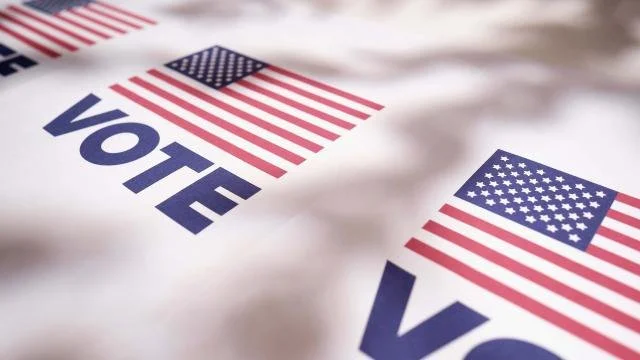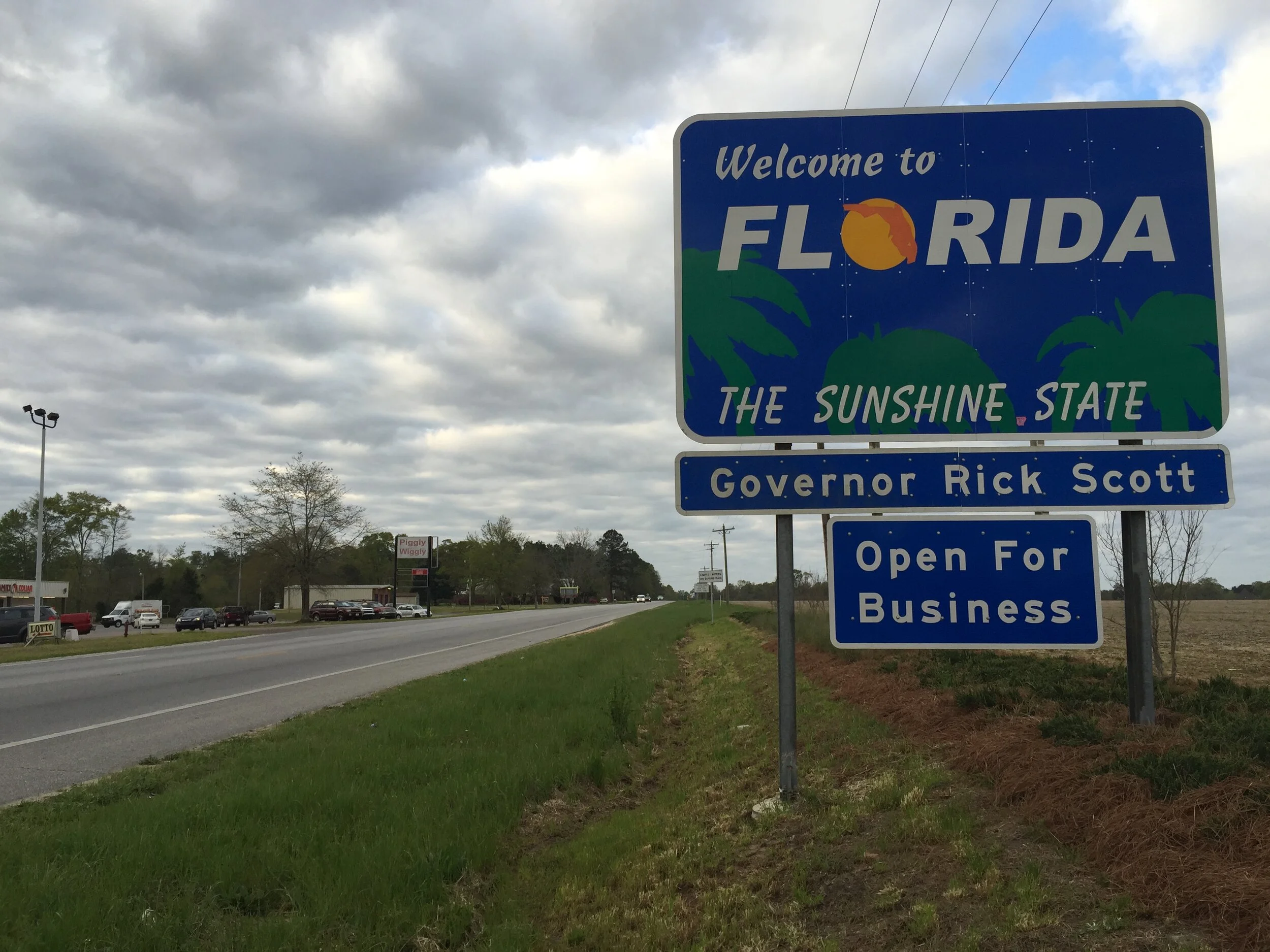Here is what our final polling data says about the 2024 US presidential election By John Zogby
The final six public polls that have been released pretty much tell the same story as each other and the previous polls in October. The race to become the 47th president of the United States is on a razor-thin margin. Three of those last six polls were actual ties; one has Kamala Harris ahead by three points; the others have Donald Trump up by one point and two points.
My own firm, John Zogby Strategies, just released a final survey for our clients of 1,005 decided voters nationwide showing Harris leading with 49.3% of the vote and Trump polling at 45.6% of the vote – a margin, or difference, of 3.7 percentage points.
That is close, and even more of a squeeze because of the current relationship of the popular vote to the electoral college. Harris is certain to receive millions of “excess” votes in large states such as California, New York, Illinois and Massachusetts which will beef up her total popular vote nationwide but not do anything for her in key battleground states such as Arizona, Nevada, Georgia, North Carolina, Pennsylvania, Michigan and Wisconsin – all of which are too close to call as we approach election day.
Photo from Kamala Harris
Harris’s lead in the John Zogby Strategies poll is within the margin-of-sampling error, but it reveals some dynamics that portend changing demographic support for both the Democratic and Republican parties. These are some findings and possible trend lines that not only explain what may happen once the votes are counted, but also suggest possibly significant realignments within both parties.
For one, Harris appears to have underperformed with 18- to 29-year-olds nationally; in contrast Trump is leading among them, capturing 47% of the vote, while Harris polls at 45%. Ironically, in our poll, she did best among those over 65 with a 58%-39% margin. Those age cohorts usually produce opposite results, with older voters tending to be more conservative. The gen Z and millennial voters also revealed a huge “gender gap” of well over 60 points between men and women.
There is also a substantial “marriage gap”: Trump won married voters by four points – not as big as in 2020 (seven points), but Harris won among non-married people by eight points (51%-43%), not as much as Joe Biden’s 18-point victory, but still enough to see that marital status is a key to how people vote. Notably, married women, who usually tend to be on the conservative side, chose Harris in our poll.
Harris leads among voters who identify as independents by 13 points (51% of independents polled say they will vote for her, compared with just 38% saying they will vote for Trump), about the same as Biden, who received 54% of independent votes, compared with Trump getting 41% of their vote in 2020.
The candidates chose messages and styles that aimed at different groups of voters. Trump stayed with his dark and isolationist theme, focusing on rallying his base first, then hoping to pick up more moderate independents who feel that the Biden-Harris team have led the US down the wrong path. Harris opted for directing her campaign with an appeal to those who were tired of Trump’s negativity and, at times, bizarre behavior. Her approach appears to have paid off, as she leads with 56% of self-described moderate voters. That puts her 19 points ahead with moderates than Trump, who polls at 37. This was a group that Biden won by 30 points last time.
Harris did, as was suggested throughout the year’s polling, underperform in our poll among Black voters (73% said they would vote for her, and 19% said Trump) and Hispanic voters (Trump polls at 48% with Hispanic voters, Harris at 44%), but she is doing much better among white voters – down by only five (she polls at 46% and Trump polls at 51%), compared with Trump’s 17-point victory in 2020, where 58% voted for him and 41% voted for Biden.
Harris is down considerably among Catholics (43% back her, compared with 55% backing Trump) and Protestants (36% back her, compared with 59% backing Trump), but scores well among those with no religious affiliation and with atheists. Democrats have been getting 30% or so of born-again evangelical voters in recent elections, but Harris only shows 24% in our poll.
Harris not only leads in cities (53% of city-dwellers back her, compared with 43% backing Trump) but also in the suburbs (she was backed by 50% of the suburban voters polled, compared with 44% backing Trump) – the latter powered by a solid performance among suburban women. Biden won both in 2020: he won 60% of votes in cities (while Trump only got 38% of the vote in cities), but barely scraped by in suburbs, where only 50% voted for him, compared with 48% voting for Trump.
Photo from Donald Trump
There is a wide “education gap” in US politics. Harris has the backing of 57% of those with college degrees, compared with 39% for Trump. In 2020, Biden won the same group by 12 points (he received 55% of their vote, while Trump received 43%). Trump leads among those without degrees (50% of voters without college degrees back him, compared with 44% backing Harris). That was 50% for Biden and 48% for Trump last time.
The gender gap propels Harris’s lead, with 49% of Trump voters being men versus 43% of Harris voters being men. (In 2020, 45% of Trump voters were men, while 53% of Biden voters were men.) Women back Harris by 12 points, with 55% of women supporting her to 43% supporting Trump (Biden won 57% of women, while Trump only received 42% of the women’s vote). There is in our poll an 18-point gender point gap.
All of these “gaps” suggest a very real issues gap between Harris and Trump supporters. For those selecting Harris, the top issues are abortion (45%), the economy/Inflation (39%), democracy (37%) and climate change (19%). For those backing Trump, the top are the economy/inflation (68%), immigration (61%), keeping the US out of war (15%) and crime (14%). Two different worlds.
Some key states such as Pennsylvania and Wisconsin, both hotly contested, will not finish counting ballots until later in the week, and other states likely to be very close will have automatic recounts. It is not likely that we will know who won for a while. Our poll is thus far the only one that polled through Sunday 3 November; we left the lights on longer to try to capture late-breaking trends.
John Zogby is senior partner at the polling firm of John Zogby Strategies and is author of Beyond the Horse Race: How to Read the Polls and Why We Should (Rowman & Littlefield). John is also a Member of the Genesis Group Data Analytics Task Force.







